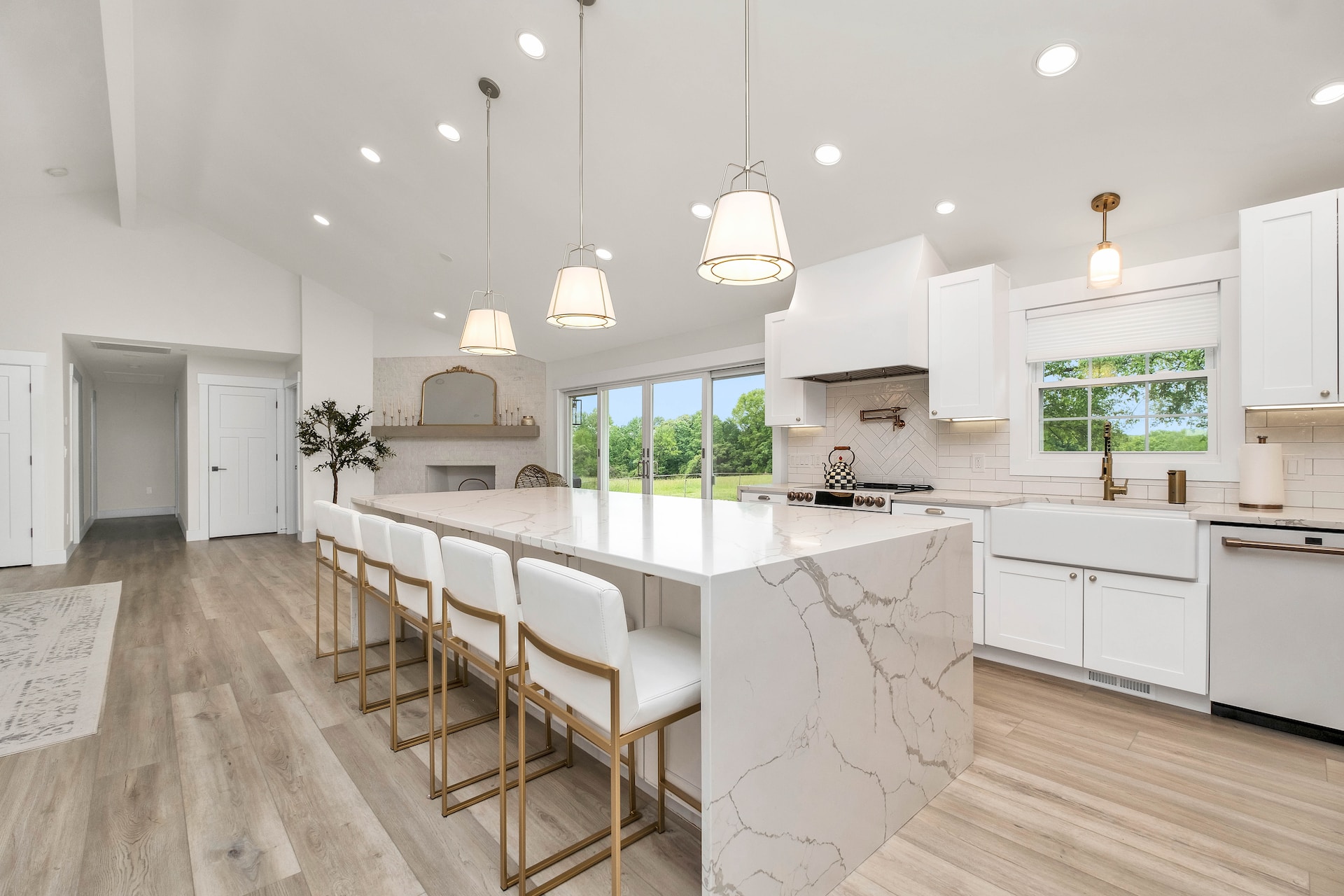
Remodeling your home is a big undertaking. It’s important to plan the project well in advance to avoid any hiccups in your timeline and budget.
Taking down pictures, moving furniture and packing away valuables before remodeling starts will help keep your space safe and minimize the time needed for cleanup. Covering immovable fixtures like built-in cabinets or flooring with cardboard sheets will protect them from dust and damage.
Start Early
Home remodeling is a big undertaking, and launching a project without a clear plan of action is like embarking on a journey without a map. Before you start pulling up drywall and knocking down walls, take the time to clearly define your goals and communicate them with your team. This will help keep you on track and avoid costly mistakes. You might be using one of these if you ever need to detect lead on the surfaces of your home.
It’s also important to hire a remodeling contractor you can trust. Ask friends and family for recommendations, or check with your local consumer protection agency, disciplinary boards, and business records to find a reputable remodeler with extensive experience and a proven track record. You may also want to consider a design-build firm such as DFW Improved, which is skilled in visualizing designs and turning ideas into plans.
Another thing to keep in mind is that many remodeling projects require specific permits, and the process of acquiring these can take time. If you can, try to start the project during the fall or winter, when local governments tend to be less busy and permit processing times are usually shorter.
When it comes to your day-to-day living, it’s important to be prepared for disruptions and chaos throughout the remodeling process. If you’re tackling a kitchen or bathroom, it’s likely that you will need to make arrangements for cooking and cleaning in a different part of your house or work from home during the renovation. If you have children, you’ll need to think about how they will navigate the changes and be sure to find childcare if necessary.
It’s also a good idea to tackle one room at a time, rather than several smaller projects. This will give you a sense of accomplishment, and it’s typically less expensive for contractors to complete one larger job than multiple smaller ones. Moreover, it’s often easier to obtain discounts on materials when you order them in large quantities. Besides, the contractors will be able to deliver and install your new kitchen or bathroom faster when they have all the parts and pieces on hand. This will save you even more money.
Be Prepared for Unexpected Issues

During remodeling, things can go wrong. The best way to prevent these problems is to hire a professional contractor who understands home improvement projects. A reputable contractor will anticipate problems and make allowances for them in their bids, which saves homeowners money in the long run. Additionally, a contingency fund can be used to cover unexpected expenses that may arise during the remodel.
Remodeling causes disruption to your daily routine and lifestyle. Unless you plan on staying in your home during the remodel, it’s important to communicate with your contractor about the schedule and work around your family’s day-to-day activities. Contractors should be willing to start work at times that will not interfere with your regular household activity, such as before or after school or before or after dinner.
In addition, make sure your contractor is aware of the environmental impact of your remodel project. Using materials that leave a smaller carbon footprint and energy-efficient fixtures can reduce your long-term home energy costs, while also making the project more appealing to future buyers.
Finally, don’t forget to factor in your mental health. Remodeling can be stressful and emotional, especially if you are living in the home during construction. Make sure you find time for self-care to keep your mental health in check during the remodel.
Remember, when it comes to home improvement, the most important thing is to have a clear vision of what you want the end result to be. If you have a firm idea of what you’re trying to accomplish, it will be easier to manage your budget and timelines. Be sure to research local zoning laws and permits early on in your planning stages.
Be Flexible
It’s important to be flexible for home remodeling on a tight timeline. Contractors can’t read minds, so if you have a concern or change of heart during the project, make sure you communicate it clearly. If you’re working with a general contractor, be sure to find one who has more than three years of experience, membership in the National Association of the Remodeling Industry (NARI), a good reputation with the Better Business Bureau, and positive customer references.
Additionally, consider future needs when planning your home renovation. For example, if you anticipate starting a family in the near future or need to accommodate wheelchairs and walkers, include flexibility in the design by adding extra space or widening doorways as needed.
Weather conditions can also cause unforeseen delays, especially if you’re working on outdoor tasks like spray painting and wood cutting. Check long- and short-term weather forecasts, and schedule projects that require outside access on days with the best outlook.
Changing your mind mid-project isn’t uncommon, and how a remodeler handles these changes can give you insight into their problem-solving skills, flexibility, and communication style. If you decide to make changes during the process, discuss how this will affect your overall costs and deadlines with the contractor so everyone is on the same page. For example, you may need to delay the finish date by a few weeks if materials have to be reordered or if workers will be waiting for materials to arrive at the job site.
